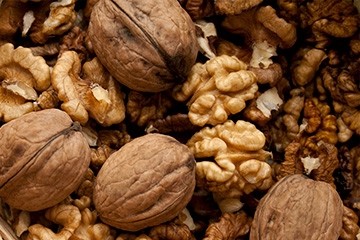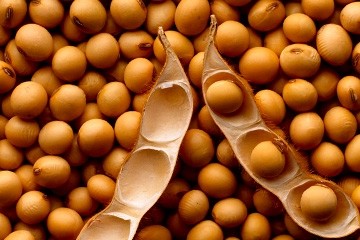cotton seed
Seed library
Cotton is a plant fiber that surrounds the seeds of "true" cotton plants (Gossypium sp.). This fiber, which consists of almost pure cellulose, is usually processed into yarn that is woven into fabrics. Cotton is the most produced natural fiber in the world.
About...
From the latin name « Gossypum Herbaceum »
Alternative names: -
Origin: USA, Egypt, India, Africa, Middle East
Description: seeds
Oil content: 17-25% (whole seeds) or 34-39% (husked seeds)
Colour: light yellow to dark red (after or before refining)
Raw cotton oil has a dark red color due to the presence of gossypol and its derivatives. After refining, it turns golden yellow depending on the storage conditions of the seeds or crude oil prior to refining. The presence of gossypol has no harmful effect on the nutritional qualities of the oils extracted from the cotton seeds, however, this pigment toxic to man and all monogastric animals (non-ruminants) makes it mandatory to refine the oil and is found at the level of meals.
Uses of oils and meals
Nutrition, greasing, soap factory
Extraction characteristics
- Process:
Cold pressing: pressing in whole seeds
Hot pressure: flattening - thermal conditioning - press
Pre-pressure: flattening - thermal conditioning - pressure - Ambient temperature: Min 20°C
- Product temperature before pressure: Min 25°C
- Product humidity: Max 9%
- Oil content in cake: 7 to 20% depending on the process
Zoom on the hulling
This is one of the most important operations of crushing and in any case, the one that has the most influence on yields. The cotton seed has a large shell. It is covered with fine hairs that make up the linter. The shell represents 25 to 34% of the weight of the seed and the linters about 12%.
The hulling of cotton can be done after or without softening, however the seed must not carry more than 12% linters and that its moisture is less than 10%. Over these tolerances, the linter balls into the drummers and causes dangerous jams.
After hulling, a first separation of hulls/almonds is carried out by sieving and aspiration of hulls. However, considering the linter, the hulls tend to lead to thin broken almonds. A screening threshing of the hulls is therefore essential to maintain good yield.
Depending on whether the seeds are without linter or not, between 2 and 6% of the shells remain in the almonds. Note that the additional incorporation of about 6 to 8% of hulls at the press entrance is recommended in order to obtain good extraction rates, that is approx. 8% residual fat in cakes.
For more information or if you need a solution for the extraction of cotton, please contact us.


